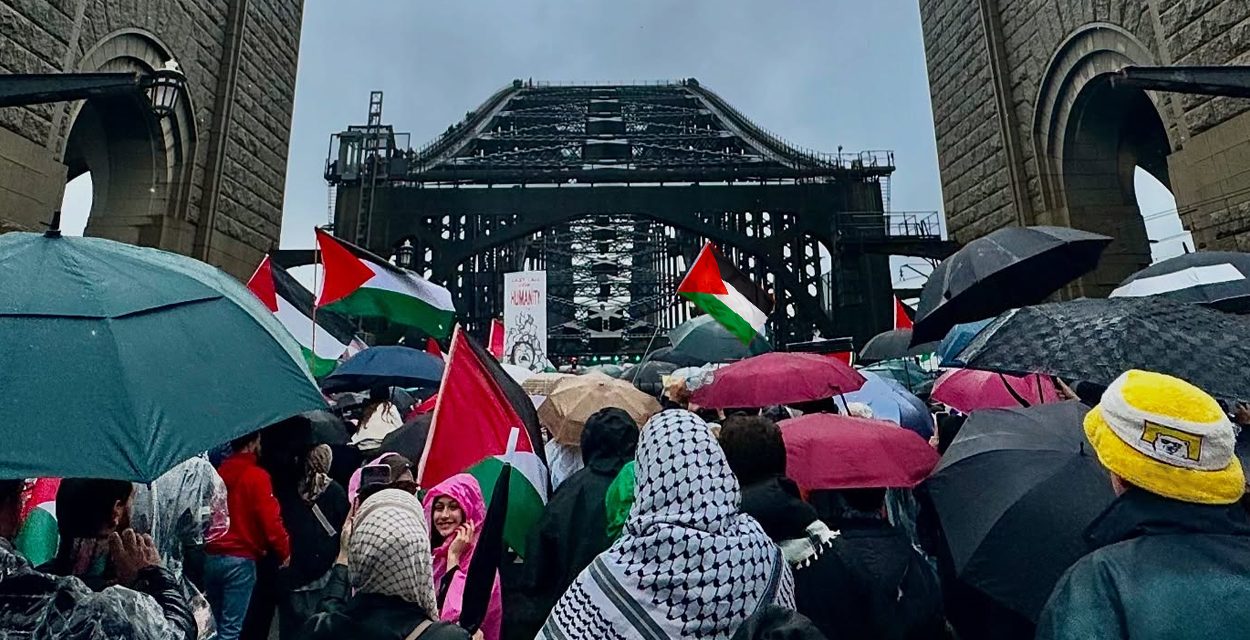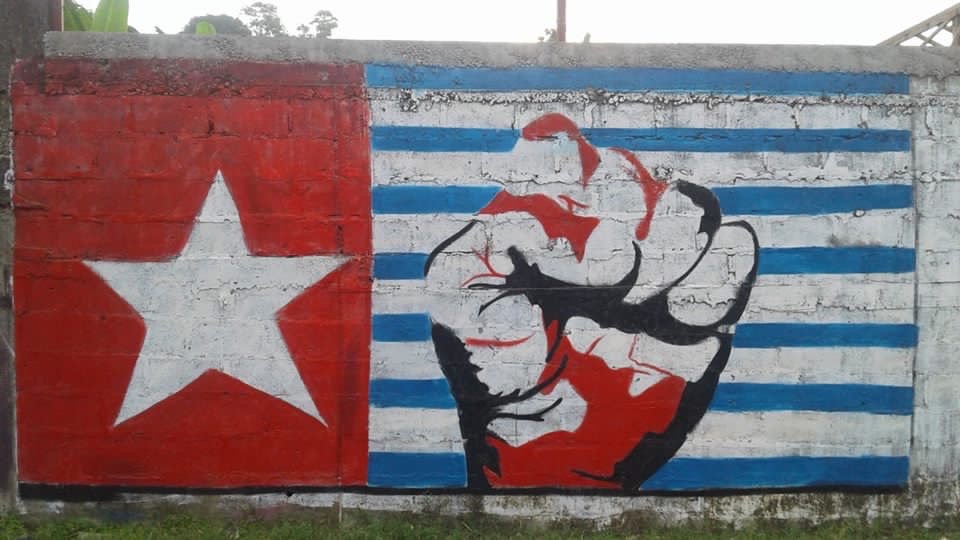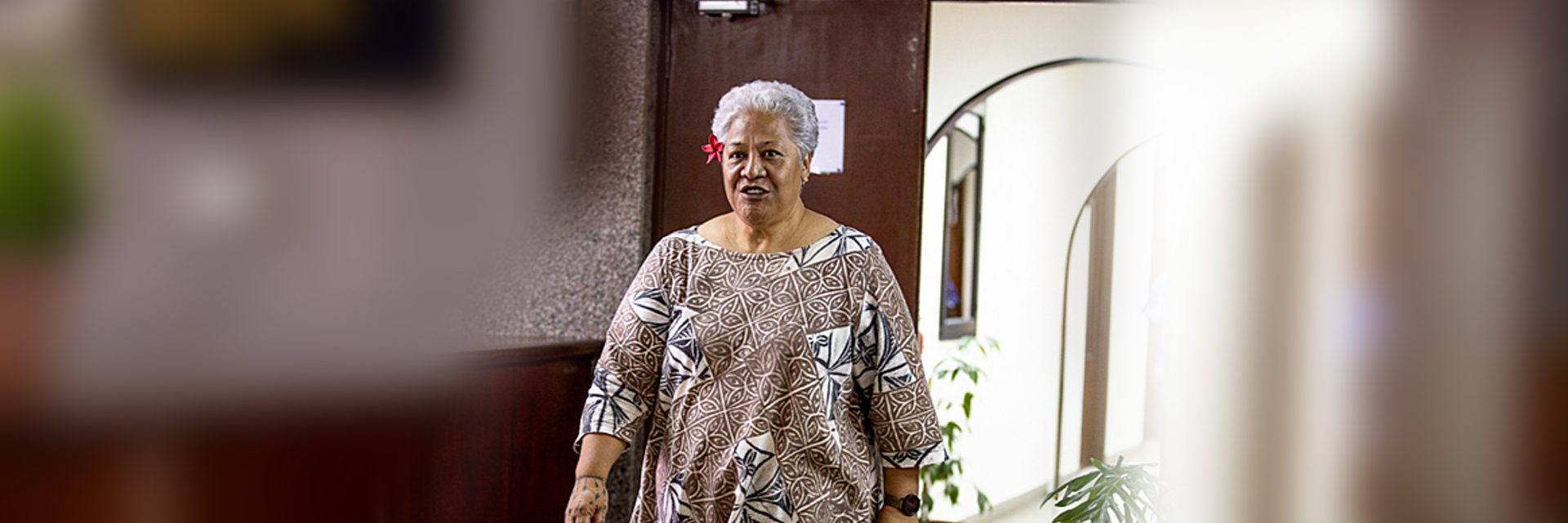Sydney woke to warnings and wet skies — but nothing could keep the crowds away.
Morning build-up
In the hours before midday, police and politicians were already bracing for major disruption. In Melbourne, Premier Jacinta Allan backed police warnings to protesters not to block the King Street Bridge. Victoria Police Superintendent Troy Papworth cautioned that such an action could hinder emergency services, while organisers rejected those claims, insisting on their right to peaceful protest.
Sydney police issued similar alerts, urging those not attending to avoid non-essential travel, and flagging likely road and rail disruptions.
In both cities, rally organisers framed the day as a coordinated show of solidarity with Gaza, urging sanctions against Israel and demanding the Australian government take concrete action.
The start in Sydney
By early afternoon, hundreds began filling Lang Park in Sydney despite the cold, wind, and rain. Music, drums, and chants of “Free, free Palestine” set the tone.
The crowd was diverse — Greens Senator Mehreen Faruqi told the gathering they were making history and accused the NSW Premier and Prime Minister of protecting Israel from accountability. Former Socceroo Craig Foster urged Australians to “respond with courage, solidarity, fairness and unyielding strength,” declaring that “the starving children of Gaza cannot wait another day.”
Even WikiLeaks founder Julian Assange made a rare public appearance, joining without speaking.
And in Melbourne…
At the same time, the State Library steps in Melbourne filled with placards, flags, and the sound of drums and chants. Students for Palestine co-convenor Bella Beiraghi explained the route: Melbourne doesn’t have the Harbour Bridge, but King Street Bridge would serve as their symbol of disruption.
After over an hour of speeches, the Melbourne march moved into Bourke Street Mall — not the police’s expected route — before heading toward the bridge.
Marching the Sydney Harbour Bridge
Just after 2pm, the Sydney march moved off. Visibility was poor from the weather, but traffic cameras showed the density of people spanning the bridge.
In an image that spread quickly online, Julian Assange and Craig Foster were photographed carrying a “Free Palestine” banner mid-span.
By around 2:25pm, police allowed protesters to loop back into the city via the bridge rather than dispersing in North Sydney — citing weather and “public safety” concerns. This kept the bridge closed longer than planned.
The slow dispersal
By late afternoon in Sydney, specialist police units began directing marchers off the bridge in increments. At 5:06pm, the Harbour Bridge reopened — five-and-a-half hours after its closure.
In both cities, speeches continued in public spaces and smaller groups lingered, chanting and waving flags.
Adelaide also saw a surge of turnout, with hundreds marching from Peace Park to Parliament House in what organisers called “probably the biggest rally for Palestine ever” in the city. Ahmed Azhar demanded sanctions on Israel and severing of diplomatic ties.
Evening reflections
In Melbourne, Victoria Police put the crowd at about 3,000. No arrests were made, though one incident involving an egg being thrown was under investigation.
In Sydney, attendance estimates varied wildly — NSW Police cited 90,000 while organisers claimed as many as 300,000.
Police leaders defended their handling of the day, stressing they were “not anti-protest” but had to act to prevent tragedy. Organisers countered that the police had eight days to prepare and that the rally was a “beautiful, inspiring outpouring of humanity” without injury or arrest.
National and international reaction
Footage from the Sydney Harbour Bridge — a solid wall of people under grey skies — spread quickly across global media and social platforms. Images from Melbourne’s blocked bridge and Adelaide’s steps of Parliament House added to the national picture of coordinated action.
Supporters online hailed the protests as a watershed moment in Australian anti-war activism. Critics condemned the disruption, while foreign commentators drew parallels with similar solidarity rallies in London, New York, and Cape Town.
The organisers’ verdict
By early evening, the Palestine Action Group declared the Sydney protest an “historical moment in anti-war protest history” and reiterated there were no immediate plans to repeat the Harbour Bridge action — but vowed the movement would continue “until the genocide stops and Palestine is free.”
From wet pavements to packed bridges, from tense police standoffs to moments of unity and song, the 3 August 2025 marches will be remembered as one of Australia’s largest, most visible, and most contentious public demonstrations in years.





